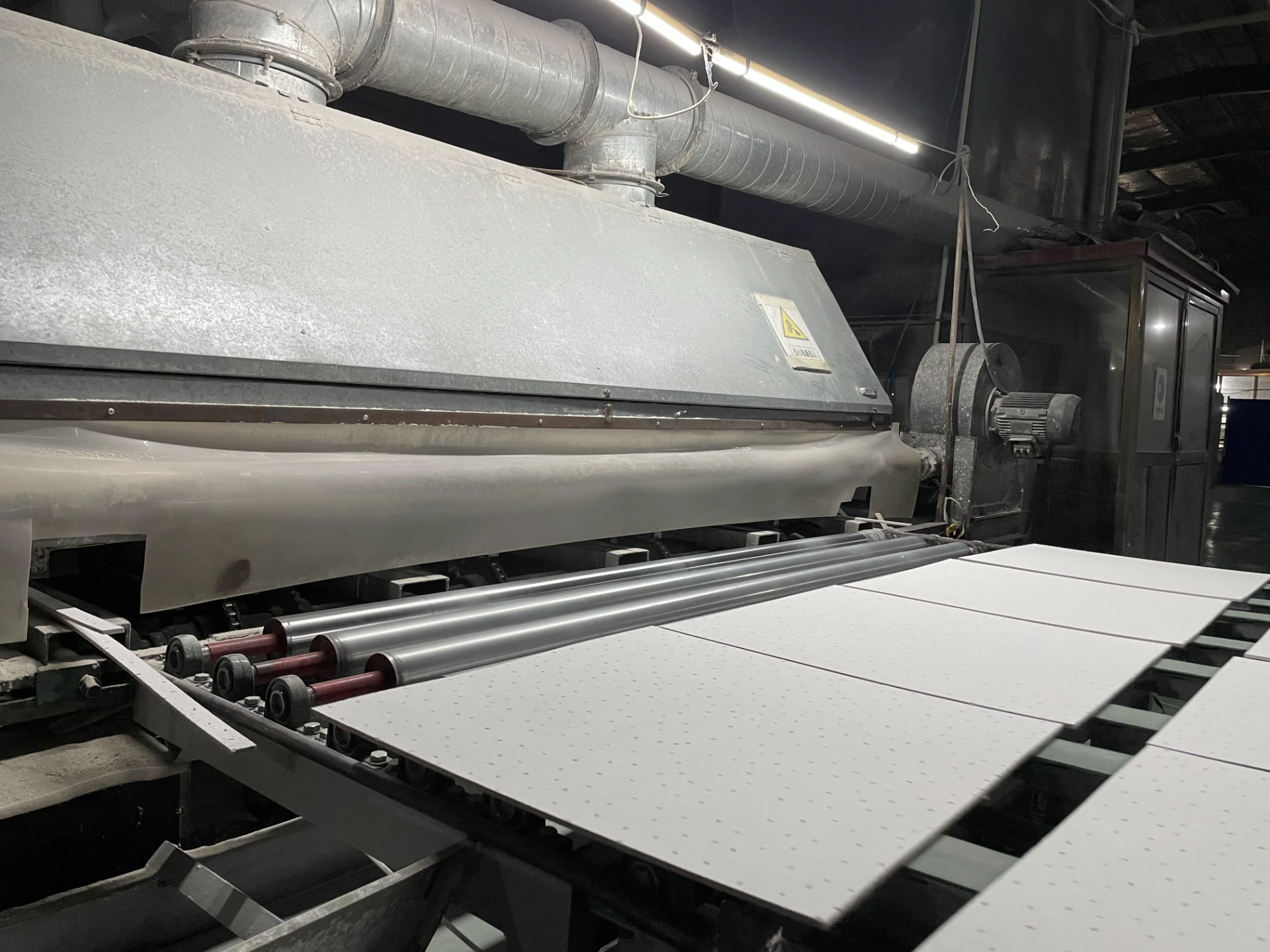Dec . 15, 2024 00:05 Back to list
Installing a Ceiling Access Panel for Easy Maintenance and Access
Installing an Access Panel in the Ceiling A Comprehensive Guide
When it comes to home maintenance and renovation, having easy access to hidden spaces like ceilings and walls is paramount. Access panels serve as a gateway to these areas, allowing for efficient maintenance and repairs without the need for extensive demolition. This article will guide you through the process of installing an access panel in your ceiling, ensuring that you can complete the task efficiently and effectively.
Understanding the Importance of Access Panels
Access panels are important for various reasons. They provide easy access to plumbing, electrical wiring, and ductwork, making maintenance tasks simpler and less invasive. By installing an access panel, you can ensure that future repairs can be conducted smoothly, saving time and reducing costs. Additionally, a well-installed access panel can improve the aesthetics of your home by providing a clean and finished look.
Choosing the Right Access Panel
Before you start the installation, it is crucial to select the right type of access panel. Access panels come in various materials, including plastic, metal, and drywall. When choosing a panel, consider the location of installation, as well as the surrounding materials. For a ceiling installation, a drywall access panel is often the best choice, as it easily blends in with the surrounding ceiling material.
Tools and Materials Needed
Before starting the installation, gather the necessary tools and materials
1. Access Panel Choose a size that fits your needs. 2. Drywall Saw For cutting the ceiling material. 3. Measuring Tape To ensure precise measurements. 4. Level To ensure the panel is installed straight. 5. Screwdriver For fastening the panel in place. 6. Stud Finder To avoid cutting into beams or pipes. 7. Dust Mask and Safety Goggles For safety during the cutting process.
Installation Steps
installing access panel in ceiling

1. Select the Location Choose an ideal location for the access panel where it won’t interfere with lighting fixtures, joists, or electrical wiring. Use a stud finder to ensure you’re not cutting into any structural beams.
2. Measure and Mark Measure the dimensions of the access panel and mark the outline on the ceiling with a pencil. Ensure that the marked area is level and that the panel will fit properly.
3. Cut the Opening Using a drywall saw, carefully cut along the marked outline. Take your time to avoid unnecessary damage to the surrounding ceiling material.
4. Create a Support Frame Depending on the type of panel you are installing, you might need to create a support frame using wooden pieces. This will provide a sturdy mount for your access panel.
5. Install the Access Panel Place the access panel into the opening. If the panel comes with mounting clips or screws, secure it according to the manufacturer’s instructions. Ensure that the panel is flush with the ceiling and level.
6. Finishing Touches Once installed, check that the access panel opens and closes properly. If necessary, apply a coat of paint to match the ceiling, enhancing its appearance and ensuring that it blends seamlessly with your decor.
Maintenance of Your Access Panel
After installing your access panel, it's important to perform regular checks to ensure it remains functional. Inspect the panel periodically for any signs of wear or damage, and ensure that it opens easily. If you notice any issues, address them promptly to avoid more significant problems down the line.
Conclusion
Installing an access panel in your ceiling can be a straightforward project if approached with the right tools and knowledge. By following this comprehensive guide, you can ensure that the installation process is seamless and that you achieve a professional-looking result. In addition to providing functional benefits, a well-placed access panel can enhance the convenience of home maintenance, ensuring your home remains in top condition for years to come. Whether you are a DIY enthusiast or a homeowner looking to simplify future repairs, installing an access panel is a wise investment in your property.
-
Quality Ceiling Trap Doors & Access Panels | Easy & Secure AccessNewsAug.30,2025
-
Durable Ceiling T Grid Systems | Easy InstallationNewsAug.29,2025
-
PVC Gypsum Ceiling: Durable, Laminated Tiles for Modern SpacesNewsAug.28,2025
-
Pvc Gypsum Ceiling Is DurableNewsAug.21,2025
-
Mineral Fiber Board Is DurableNewsAug.21,2025
-
Ceiling Tile Clip Reusable DesignNewsAug.21,2025







